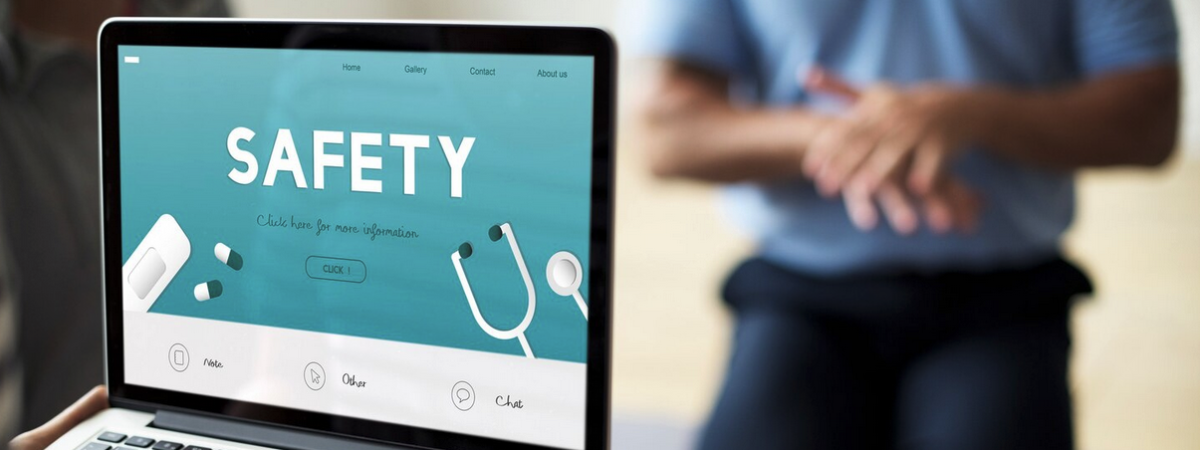Cold Weather Precautions

Exposure to very low temperatures can lead to hypothermia, which in severe cases can be fatal. Cold can affect individuals who are not adequately dressed for environmental conditions or those exposed to low temperatures for extended periods. The elderly are considered more vulnerable due to their slower metabolism, and children because they lose body heat more easily and struggle to regain it. Individuals suffering from heart problems are also at higher risk. Most hypothermia deaths have been observed in temperatures ranging from -1 to 10 degrees Celsius. These are primarily accidents occurring after falling into icy water (e.g., accidents, shipwrecks).
Symptoms of cold exposure or cold stroke include: intense shivering and a strong sensation of cold. The skin becomes pale, and the subcutaneous fat hardens. When body temperature drops below 35 degrees Celsius, this is followed by muscle incoordination and slurred speech, dulled general perception with possible irrational actions by the affected person, and finally bradycardia (slow heart rate) and restricted breathing, which can lead to death.
Beyond hypothermia, exposure to low temperatures in travelers in snowy areas carries the risk of frostbite. Frostbite symptoms include: pain, numbness, swelling, and itching.
Furthermore, two other milder syndromes can be caused by low temperatures: “trench foot” and chilblains (pernio). The former occurs when a part of the body, usually the foot, is exposed for a prolonged period (over 10 hours) to wet and cold conditions. Locally, pain, pallor, and swelling are observed. The same conditions of low temperature and humidity cause chilblains on the fingers. Symptoms begin with intense itching and are accompanied by severe pain. Subsequently, redness, swelling, and possibly blisters appear.
Guidelines for Dealing with Cold
-
Avoid situations that could lead to accidentally falling into icy water (e.g., fishing near a riverbank or in the sea).
-
Dress in multiple appropriate layers when visiting areas with very low temperatures.
-
If in snowy areas, in addition to protection from the cold, protect your skin and eyes from ultraviolet solar radiation which reflects off the snow.
-
If frostbite or hypothermia is suspected, seek warm shelter and medical advice. Avoid any means that could cause a sudden increase in temperature, as this can lead to complications.
Source: Ministry of Health and Social Solidarity

